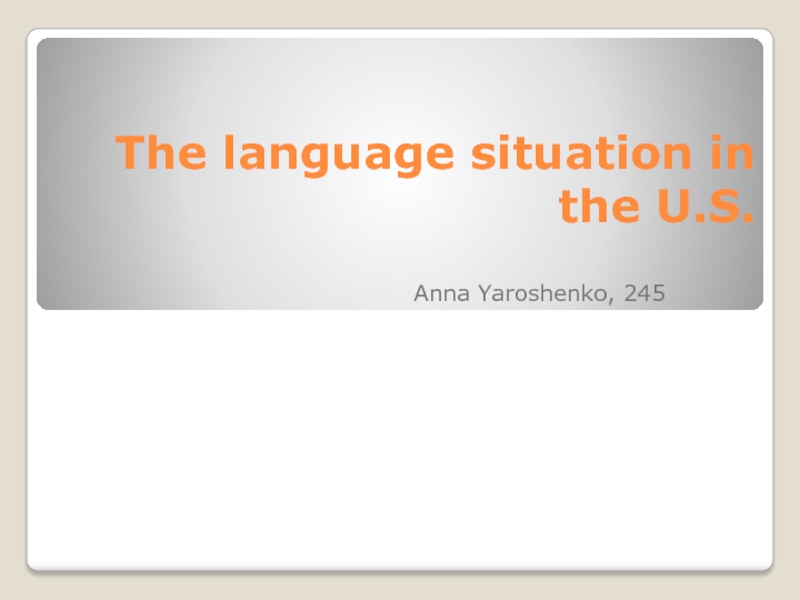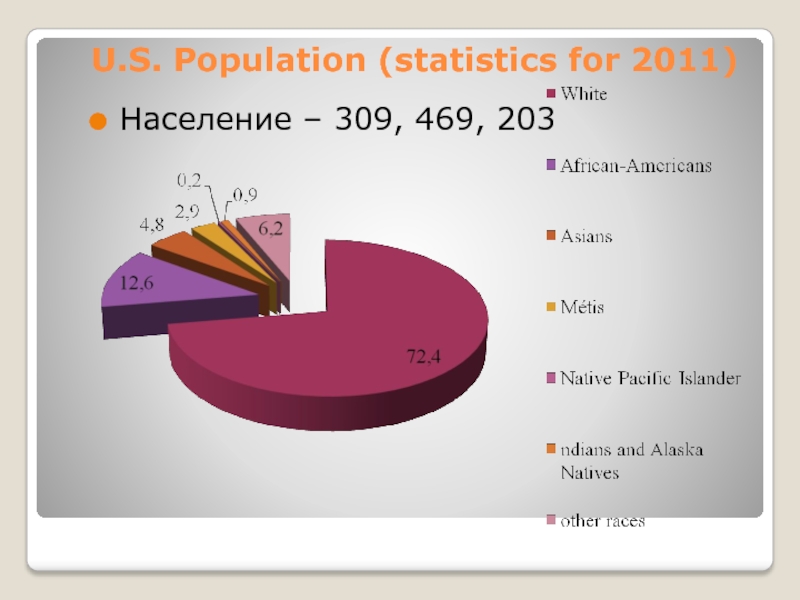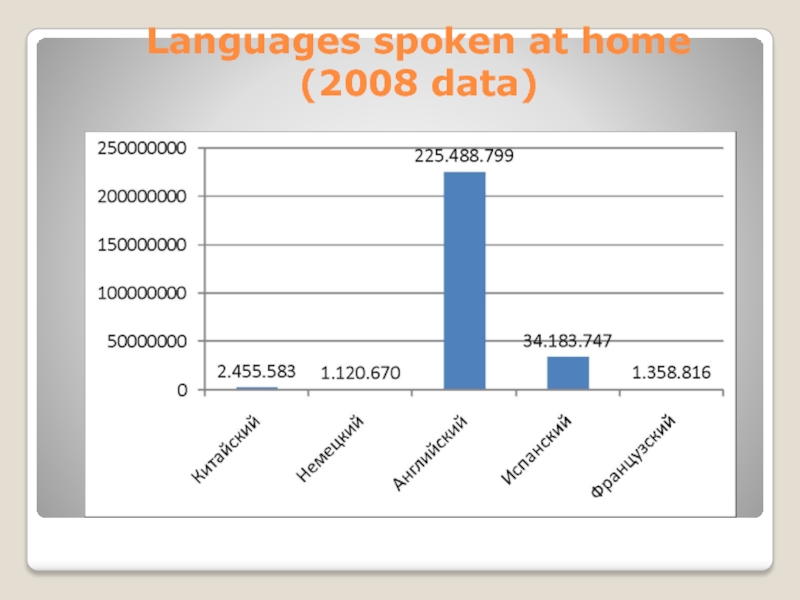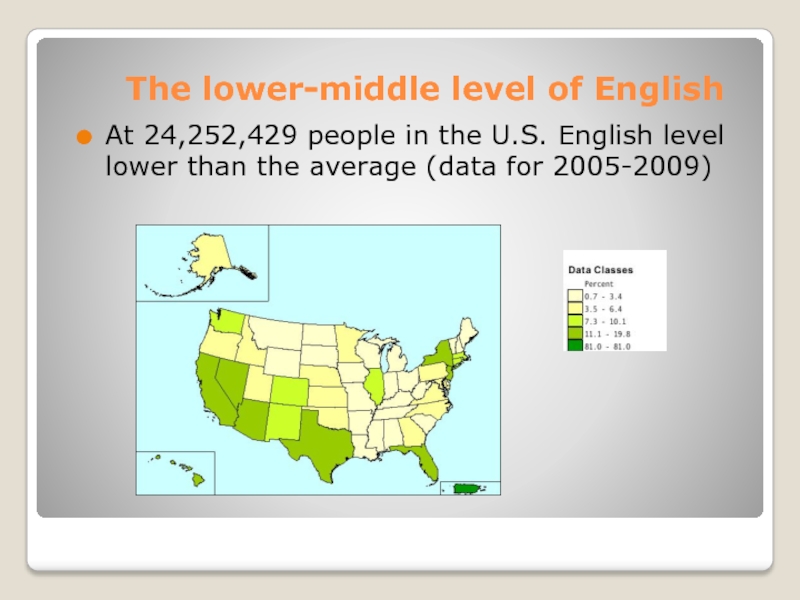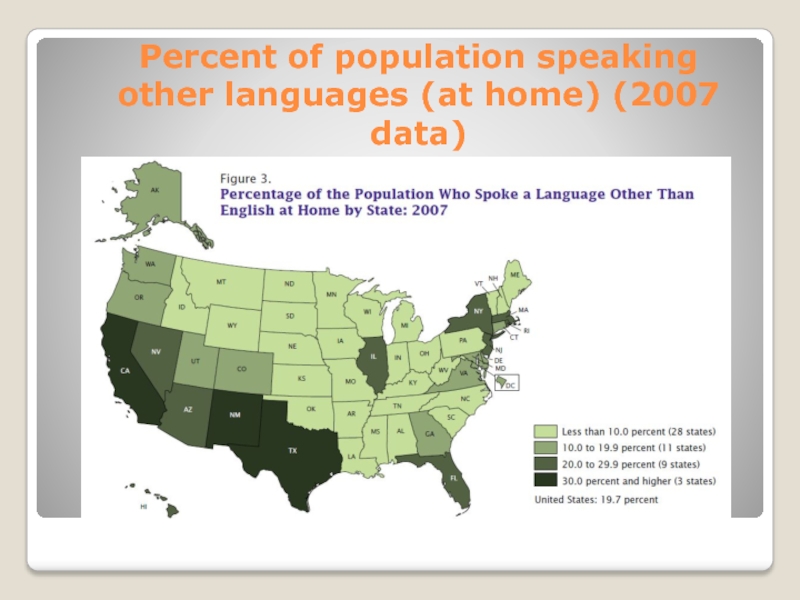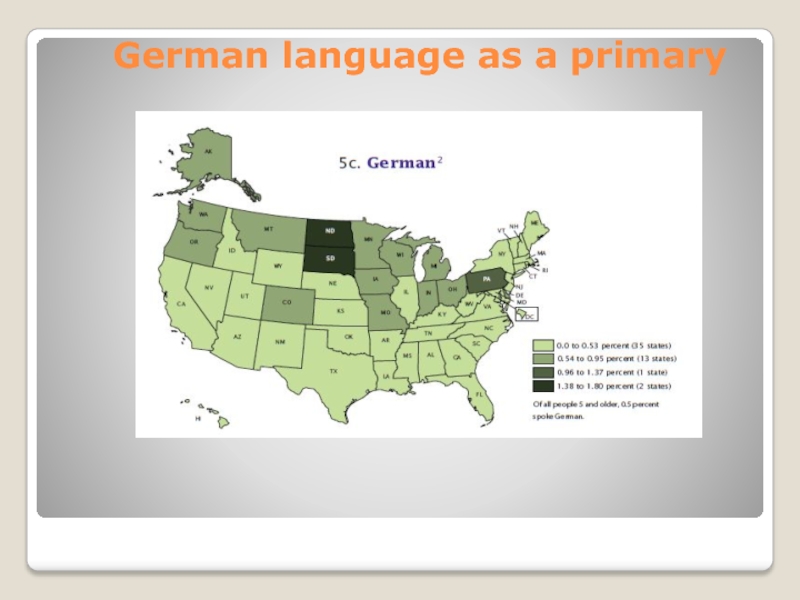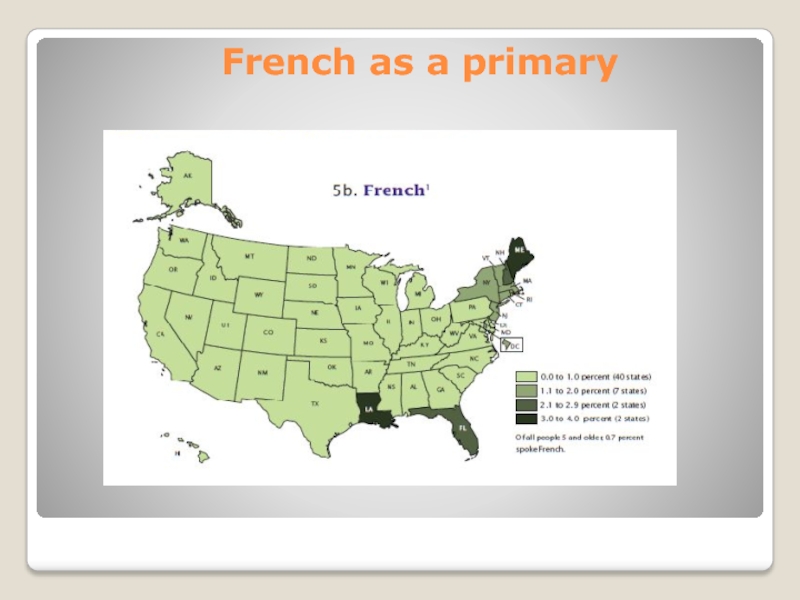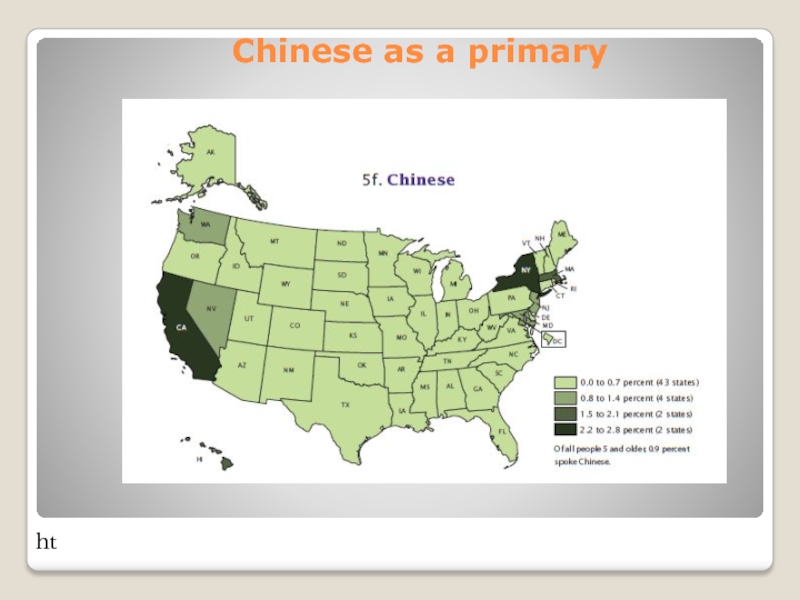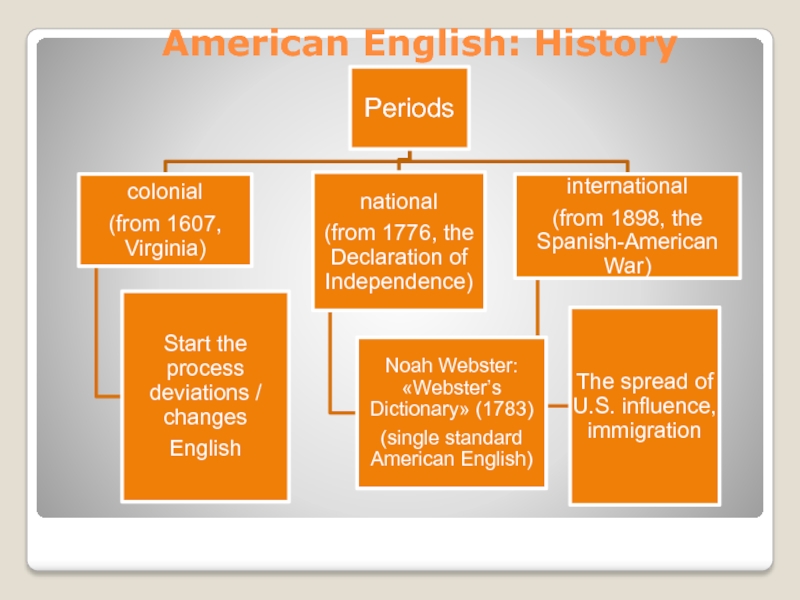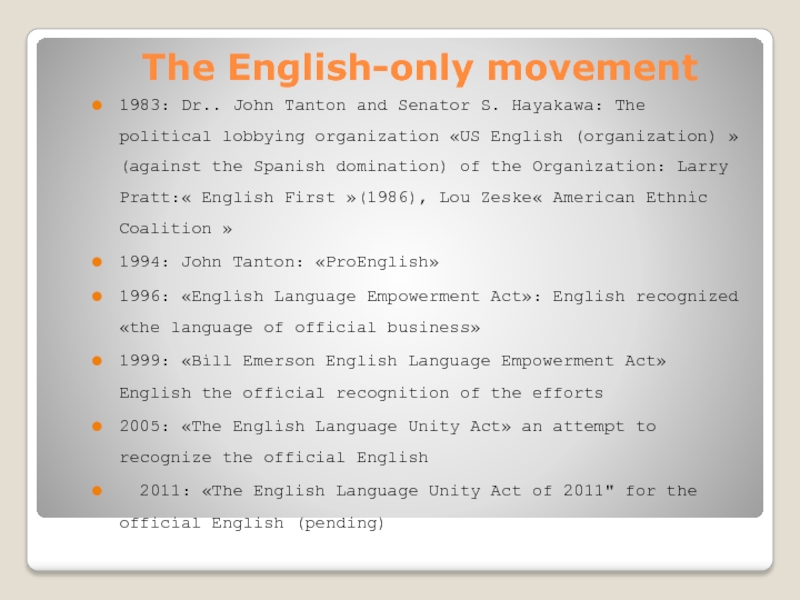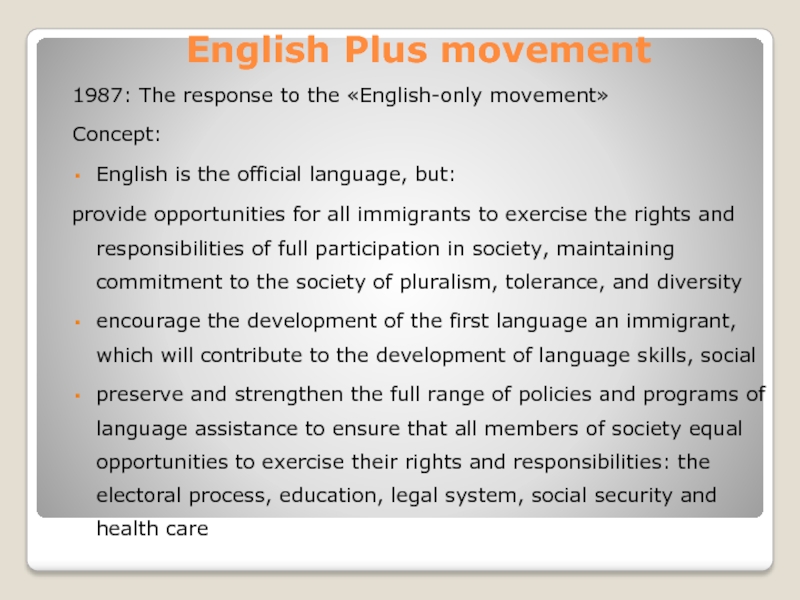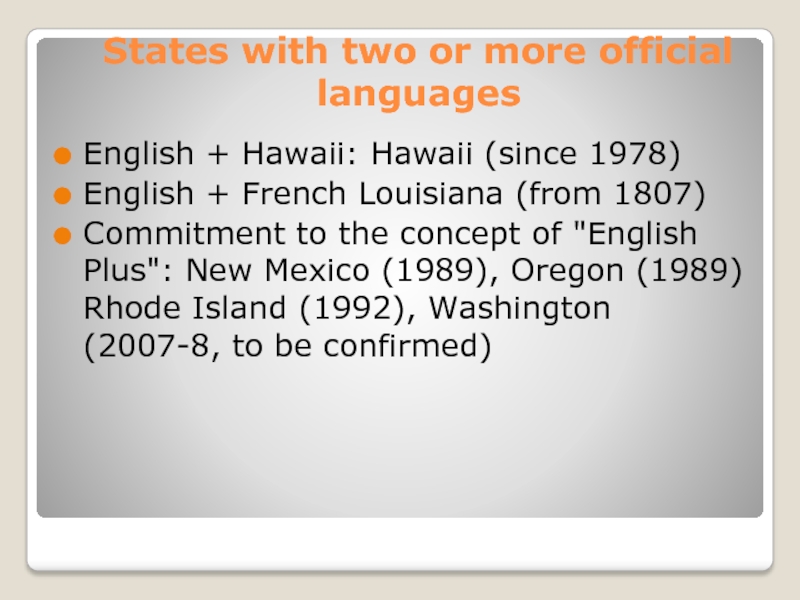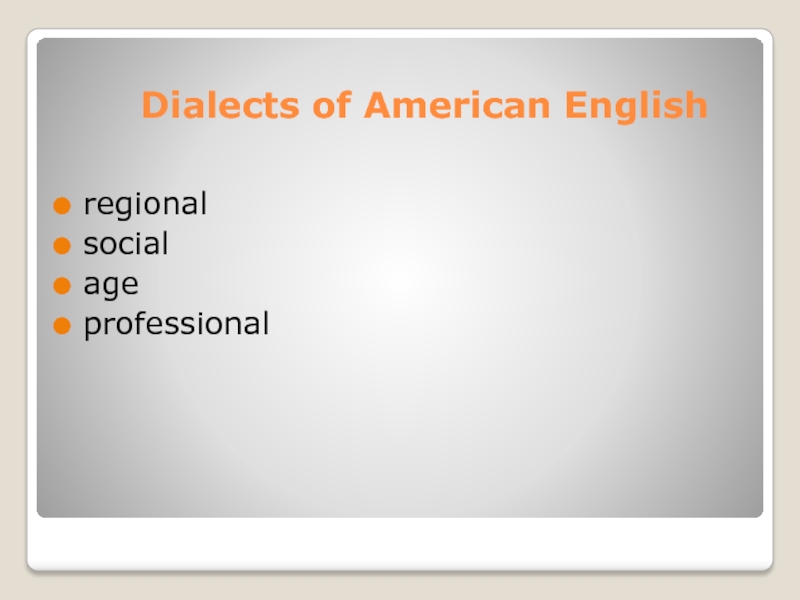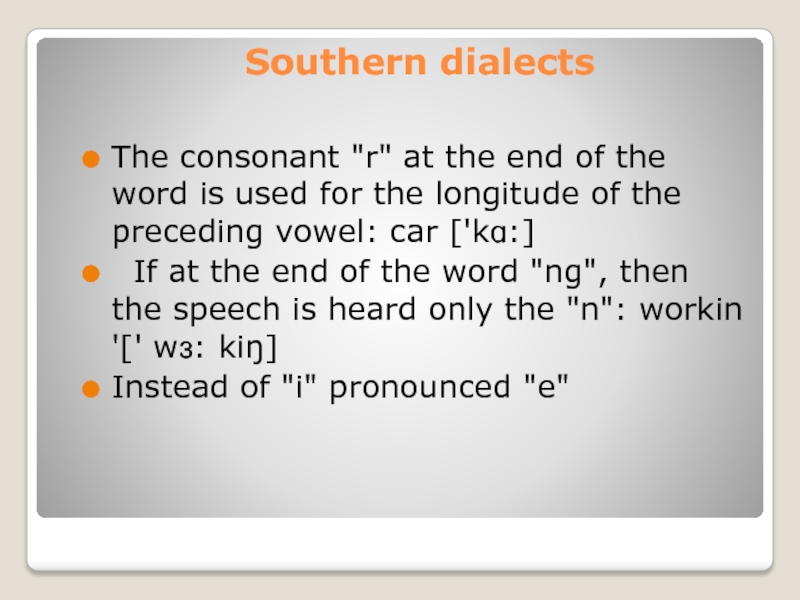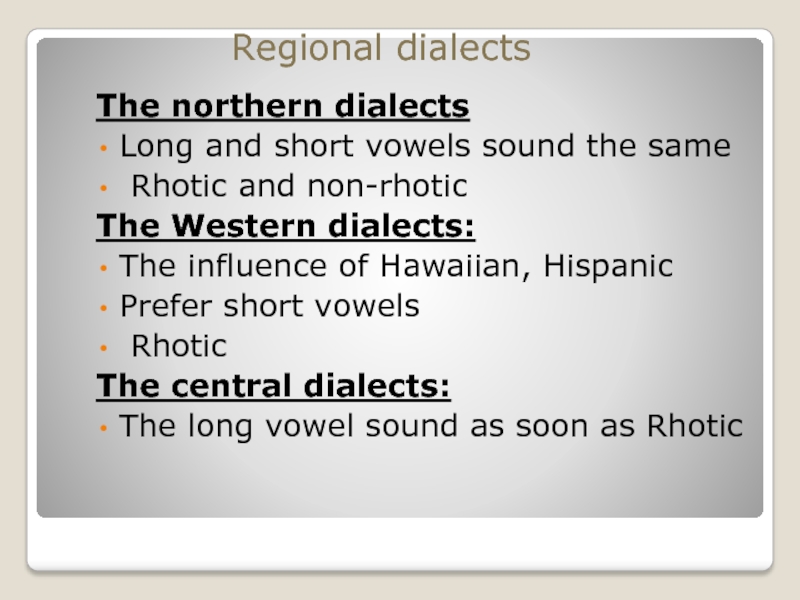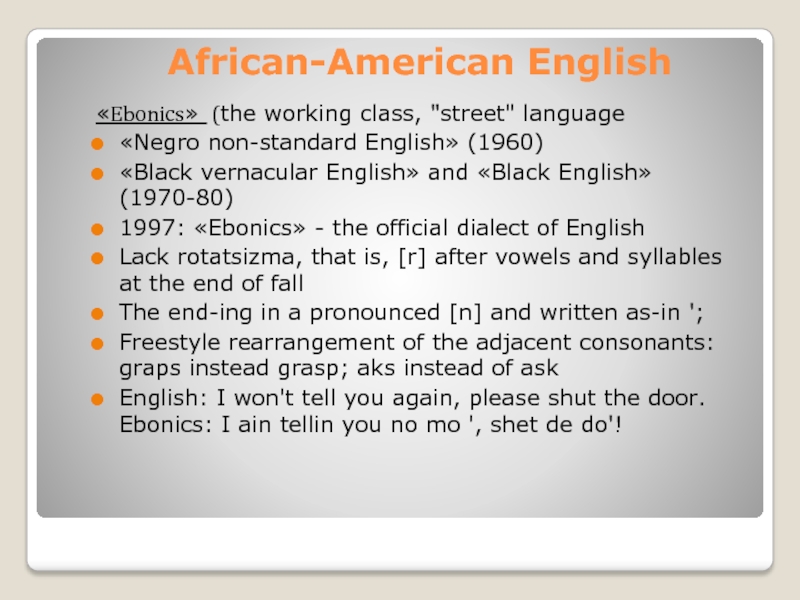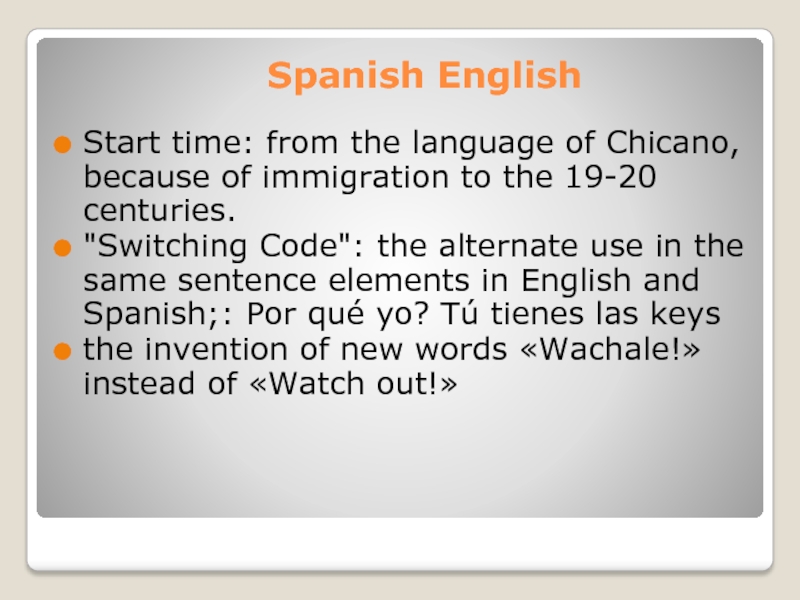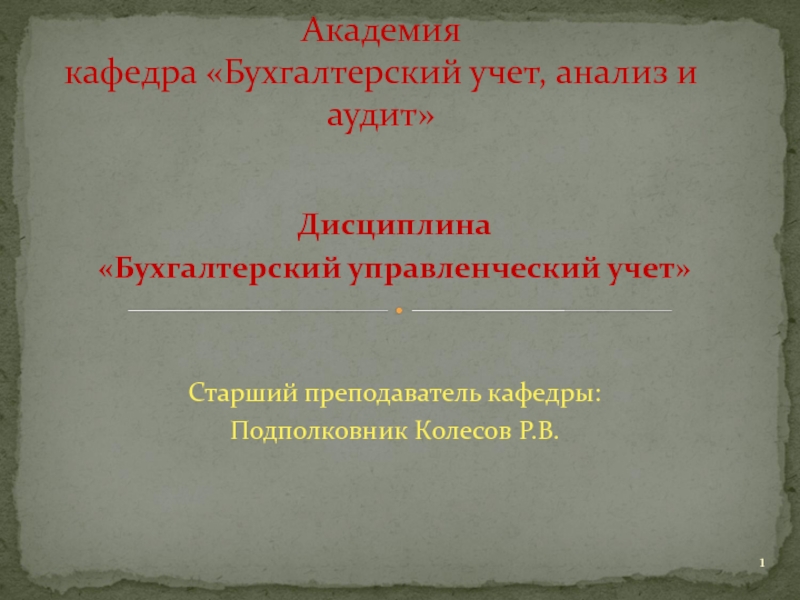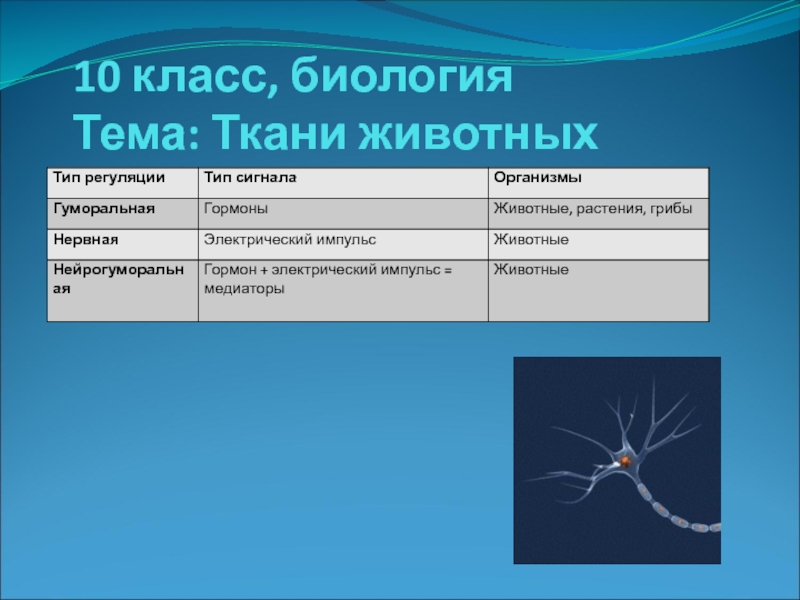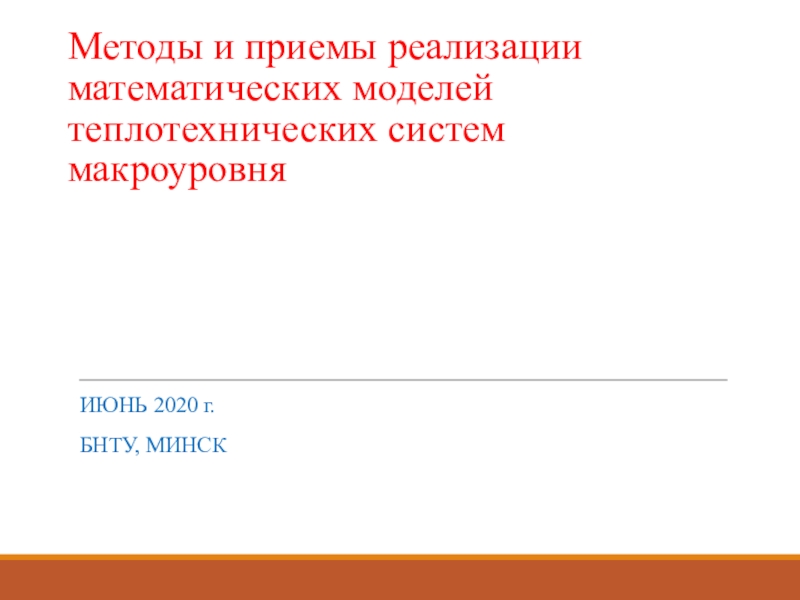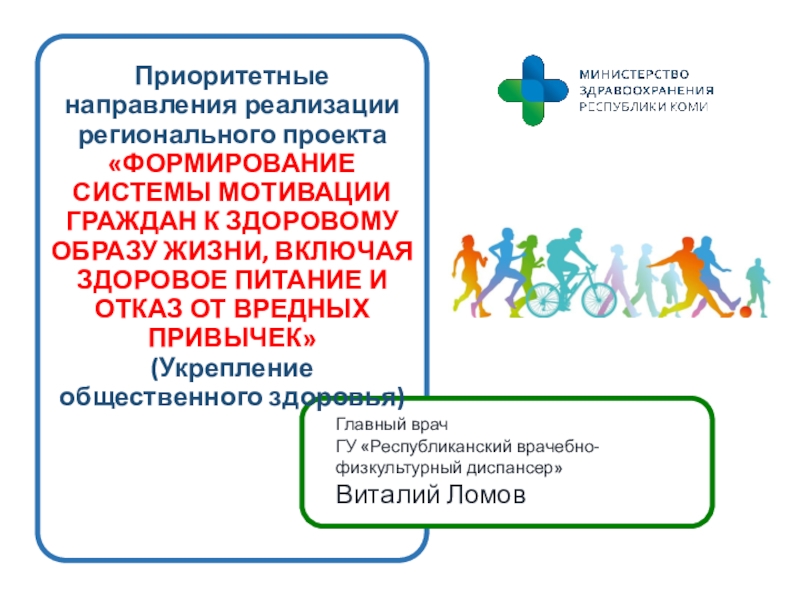Слайд 1The language situation in the U.S.
Anna Yaroshenko, 245
Слайд 2Plan
U.S. Population
Languages in the U.S.
The lower-middle level of English
Percent of
population speaking other languages (at home) (2007 data)
Spanish as the
primary (data for 2005-2009)
German language as a primary
French as a primary
Chinese as a primary
American English: History
English-only movement
English Plus movement
States with two or more official languages
Southern dialects Southern dialects
The northern, western and central dialects
African-American English
Spanish English
Слайд 3
U.S. Population (statistics for 2011)
Население – 309, 469, 203
Слайд 4Languages in the U.S.
English (up to 2011. Was not an
official at the federal level)
Spanish (Texas, California, New Mexico)
French (Louisiana
and Maine)
German (North and South Dakota)
Slavic languages (Illinois, New York, New Jersey, Connecticut)
Chinese (California, New York, Hawaii, Massachusetts)
Korean (Hawaii, California, New Jersey)
Слайд 5Languages spoken at home (2008 data)
Слайд 6The lower-middle level of English
At 24,252,429 people in the U.S.
English level lower than the average (data for 2005-2009)
Слайд 7Percent of population speaking other languages (at home) (2007 data)
Слайд 8Spanish as the primary (data for 2005-2009)
Слайд 9German language as a primary
Слайд 13The English-only movement
movement for the establishment of American English
as the sole official language
1914: Theodore Roosevelt: "We have room
for only one language in this country"
1980: Dade County, Florida: confirmation of «anti-bilingual ordinance»
1981: English declared the official language in Virginia
Слайд 14The English-only movement
1983: Dr.. John Tanton and Senator S. Hayakawa:
The political lobbying organization «US English (organization) »(against the Spanish
domination) of the Organization: Larry Pratt:« English First »(1986), Lou Zeske« American Ethnic Coalition »
1994: John Tanton: «ProEnglish»
1996: «English Language Empowerment Act»: English recognized «the language of official business»
1999: «Bill Emerson English Language Empowerment Act» English the official recognition of the efforts
2005: «The English Language Unity Act» an attempt to recognize the official English
2011: «The English Language Unity Act of 2011" for the official English (pending)
Слайд 15English Plus movement
1987: The response to the «English-only movement»
Concept:
English is
the official language, but:
provide opportunities for all immigrants to exercise
the rights and responsibilities of full participation in society, maintaining commitment to the society of pluralism, tolerance, and diversity
encourage the development of the first language an immigrant, which will contribute to the development of language skills, social
preserve and strengthen the full range of policies and programs of language assistance to ensure that all members of society equal opportunities to exercise their rights and responsibilities: the electoral process, education, legal system, social security and health care
Слайд 16States with two or more official languages
English + Hawaii: Hawaii
(since 1978)
English + French Louisiana (from 1807)
Commitment to the concept
of "English Plus": New Mexico (1989), Oregon (1989) Rhode Island (1992), Washington (2007-8, to be confirmed)
Слайд 17Dialects of American English
regional
social
age
professional
Слайд 18Southern dialects
The consonant "r" at the end of the word
is used for the longitude of the preceding vowel: car
['kɑ:]
If at the end of the word "ng", then the speech is heard only the "n": workin '[' wɜ: kiŋ]
Instead of "i" pronounced "e"
Слайд 19The northern dialects
Long and short vowels sound the same
Rhotic
and non-rhotic
The Western dialects:
The influence of Hawaiian, Hispanic
Prefer short vowels
Rhotic
The central dialects:
The long vowel sound as soon as Rhotic
Regional dialects
Слайд 20African-American English
«Ebonics» (the working class, "street" language
«Negro non-standard English» (1960)
«Black
vernacular English» and «Black English» (1970-80)
1997: «Ebonics» - the official
dialect of English
Lack rotatsizma, that is, [r] after vowels and syllables at the end of fall
The end-ing in a pronounced [n] and written as-in ';
Freestyle rearrangement of the adjacent consonants: graps instead grasp; aks instead of ask
English: I won't tell you again, please shut the door. Ebonics: I ain tellin you no mo ', shet de do'!
Слайд 21Spanish English
Start time: from the language of Chicano, because of
immigration to the 19-20 centuries.
"Switching Code": the alternate use in
the same sentence elements in English and Spanish;: Por qué yo? Tú tienes las keys
the invention of new words «Wachale!» instead of «Watch out!»
